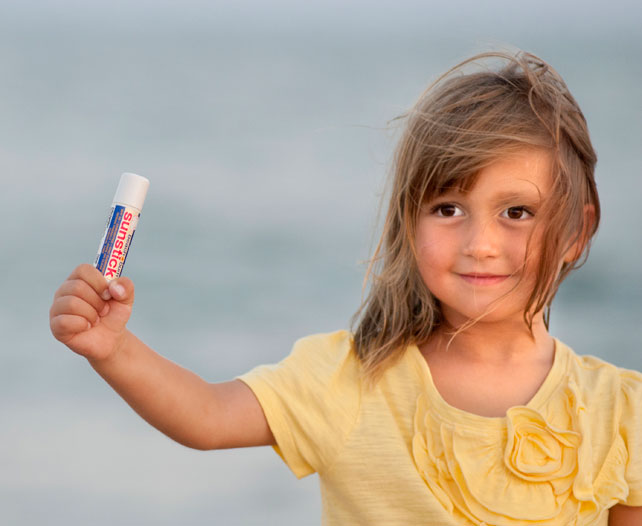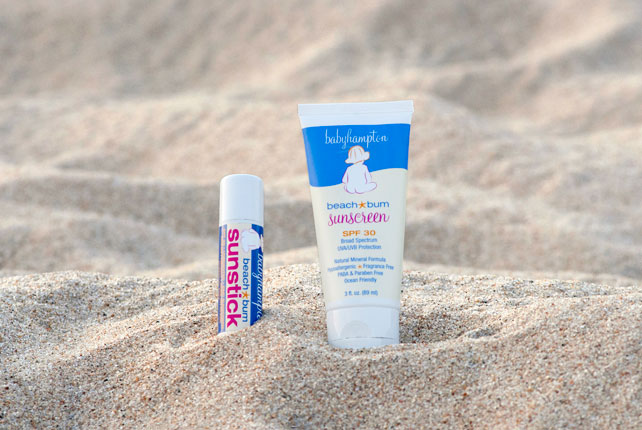Smarten Up About Sunscreen

SHARED by: Kristen Vitale, Founder of babyhampton sunscreen
The summer always goes by so fast, but we still have the hottest month ahead of us! As August approaches, it is more important than ever to remember your sunscreen! To effectively protect ourselves and our little ones from the sun’s harmful rays, it’s important to know your sunscreen facts!
Harmful Rays:
There are two types of sun rays that are harmful.
- UVA – Cause cancer and premature aging.
- UVB – Cause sunburns.
Broad Spectrum:
It is crucial to look for a “Broad Spectrum” sunscreen, which protects from both UVA and UVB rays. (Until December 2012, sunscreen companies were allowed to label themselves as “Broad Spectrum” when in fact they were not…crazy, right? The FDA rules have changed and sunscreen products must pass a “Broad Spectrum” test in order to make that claim on their labels.)
Understanding SPF:
People often pay too much attention to SPF alone. The SPF number indicates the amount of time a person can stay in the sun without getting burned (UVB rays), it does not relate to UVA rays, therefore giving a false sense of protection. Sunscreens with SPF greater than 50 are not significantly more effective, SPF 30 blocks 97 percent of UVB rays, while SPF 50 blocks 98 percent. The effectiveness of sunscreen also greatly depends on the time of day, skin type, UV index, water, sweat (and the list goes on…). So, make sure the sunscreen you are using is “Broad Spectrum” and always reapply to ensure the most protection regardless of SPF number and water resistance, especially with children.
Mineral v. Chemical
Lastly, there are two types of sunscreens on the market, chemical and mineral. I only use mineral sunscreens and developed babyhamptonbeach*bum spf 30 sunscreen as it is made with zinc oxide rather than titanium dioxide. Zinc oxide is the only mineral that stands alone to provide full broad-spectrum protection against both UVA and UVB rays. Plus, zinc oxide has been used on the youngest babies in diaper rash creams. There are no chemicals like the traditional chemical sunscreens that contain oxybenzone (known to be a hormone disrupter for children), octocrylene, avobenzone, octisalate, octinoxate or retinyl palmitate. Chemical sunscreens get into our blood streams, non-nano mineral sunscreens do not. There are not enough studies on the long-term effects of chemical sunscreens on children, so why take the risk when we have a safer option?

Feel free to ask me any questions via email at info@babyhampton and check out my website! Hope to hear from you! Have a happy summer!
Kristen Peterson, Founder babyhampton










